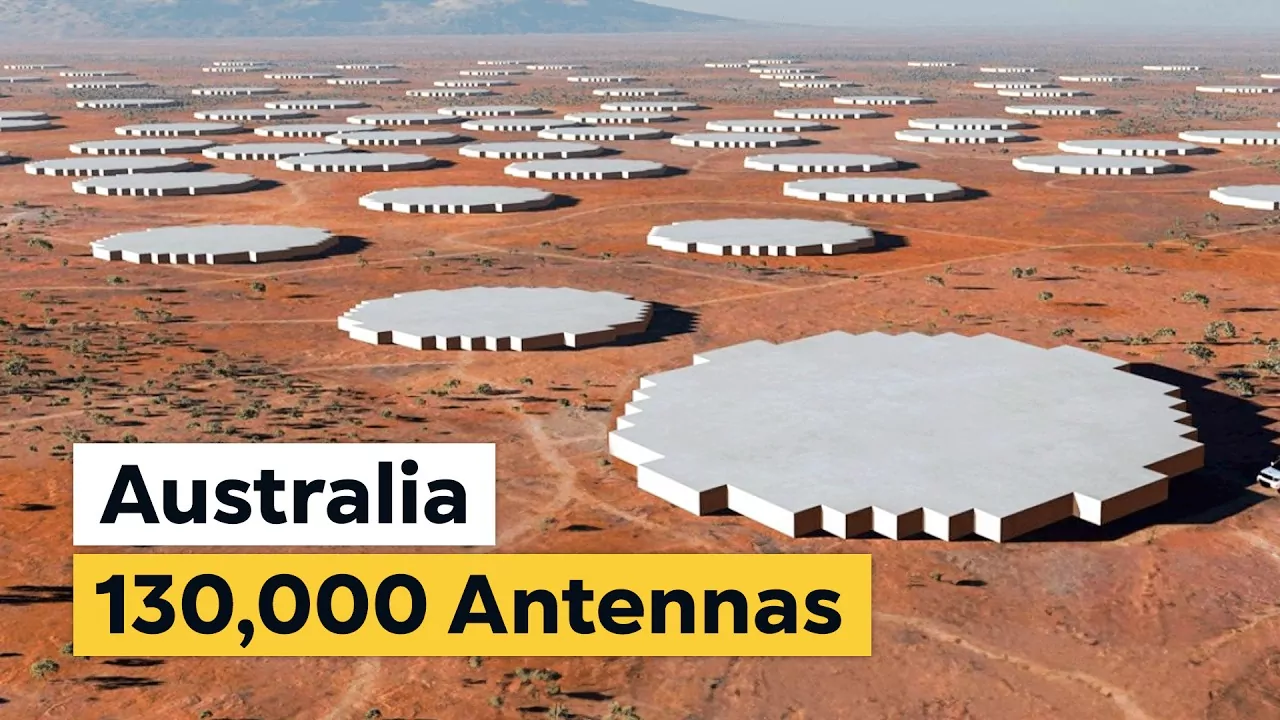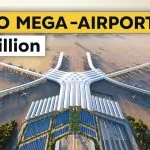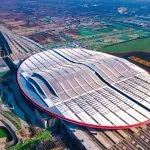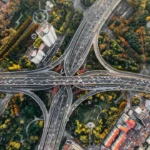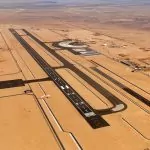Introduction
New infrastructure, skyscrapers, and gigantic renewable energy projects. Australia’s investments in ambitious megaprojects are booming. For example, they plan to build a massive solar farm that transfers electricity 4,000 kilometers under the sea to Singapore. But while many developments are moving ahead on track, some projects have been dogged by delays, billion-dollar blowouts, and construction complications. So, what exactly is going wrong here? And will Australia’s massive megaprojects be successful? In today’s article, we take a look at the 10 largest construction projects in Australia and uncover their current situation.
10. STH BNK
STH BNK
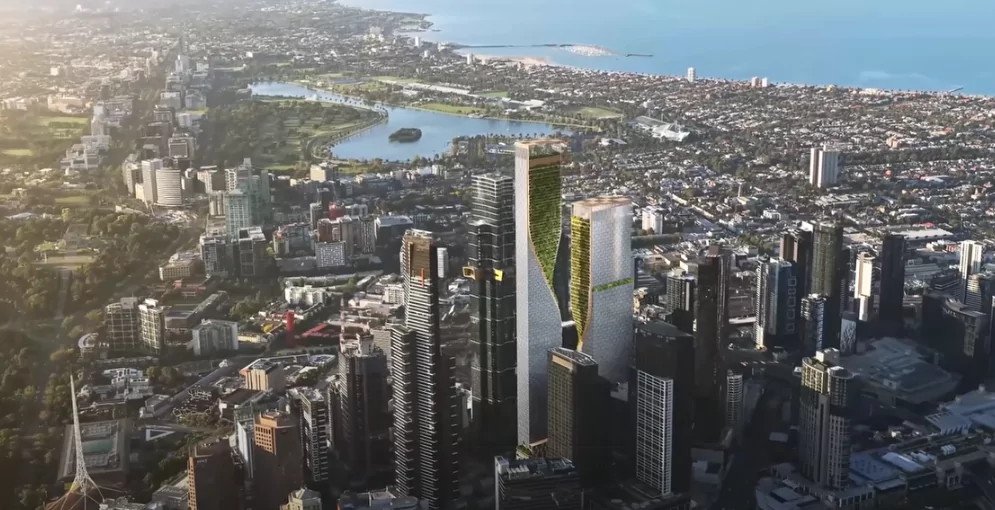
Billed as “Australia’s most iconic project,” STH BNK is set to become the tallest skyscraper in the Southern Hemisphere. Named after the Melbourne suburb, it is located directly next to the central business district to the North and the Arts Precinct to the east.
Advertisement:
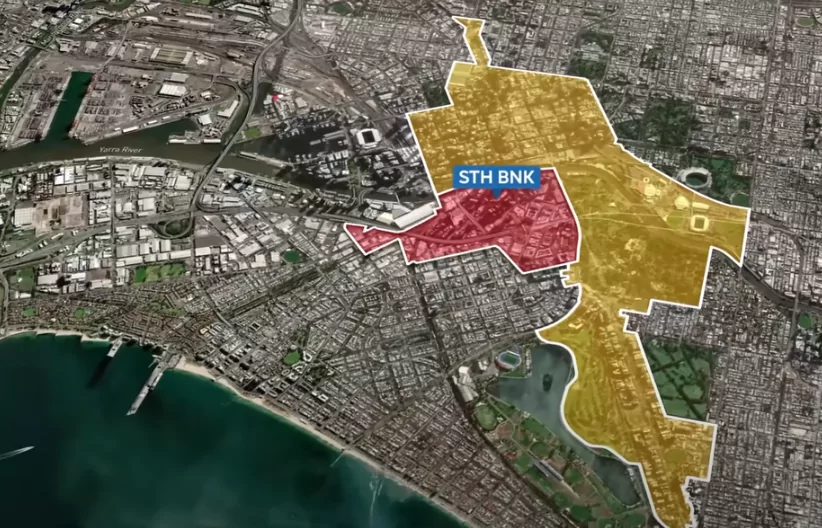
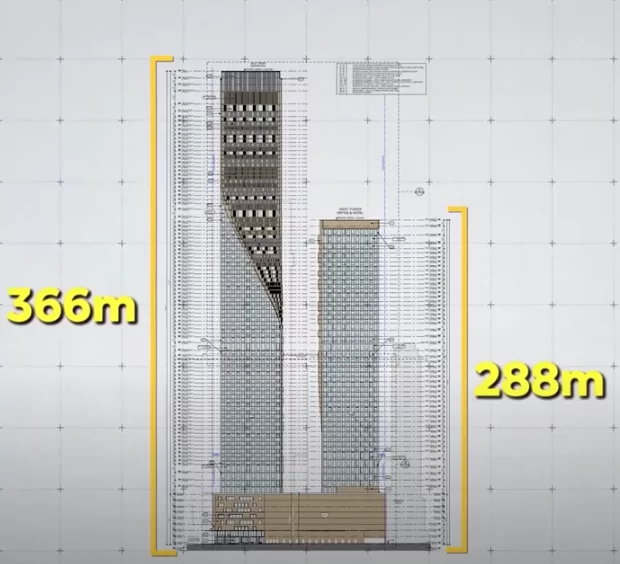
On completion, STH BNK will consist of two towers, one measuring 366 meters and the other 288 meters.
The most eye-catching design feature is the so-called ‘Green Spine.’ The two buildings twist in tandem, cutting into a glass facade with open green terraces for apartments located at the lower levels. The “spine” emerges from a podium at the bottom of both towers, which is open to the public. It continues up to the roof, where the “Gardens of the Future” create a rooftop park on the top of each tower, both over 280 meters in the sky. This is not the place to be if you are afraid of heights! STH BNK is aiming to become Australia’s first “five-minute vertical city” — a ‘mini-metropolis’ in the sky with pretty much everything residents need on-site.
Advertisement:
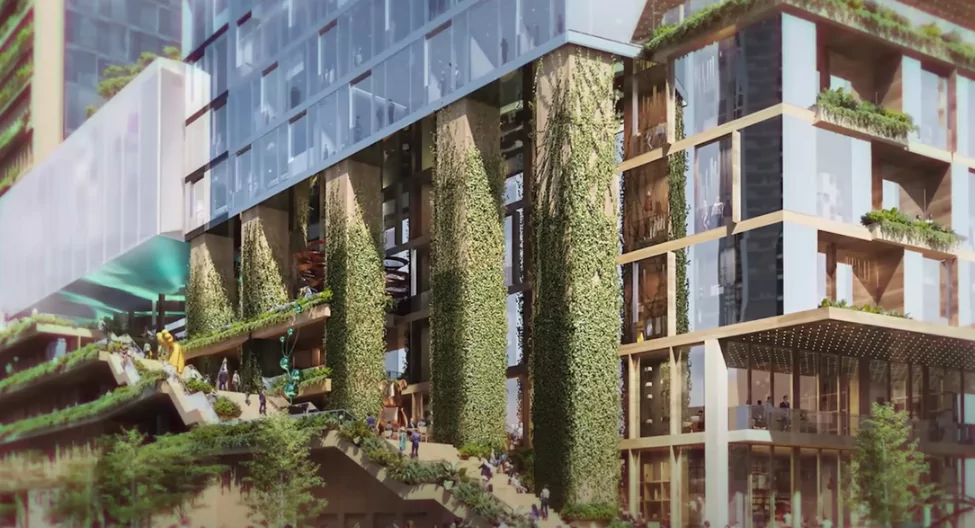
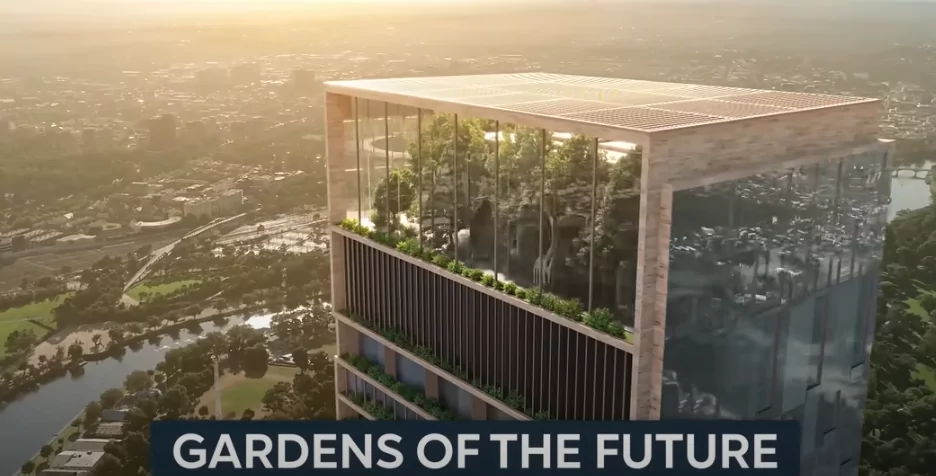
In 2020, the Victorian government “fast-tracked” the towers for approval as a way of boosting the state construction industry. With a cost of $1.3 billion, it will generate almost 5,000 jobs, and in 5 years, the two new additions to Melbourne’s skyline should be ready for opening. We are definitely excited to see how the green terraces & parks will look like.
9. Square Kilometer Array
Square Kilometer Array
Next up, we have another megaproject reaching for the sky, but in a slightly different way. The Square Kilometer Array Observatory is a joint international radio telescope shared between Australia and South Africa.
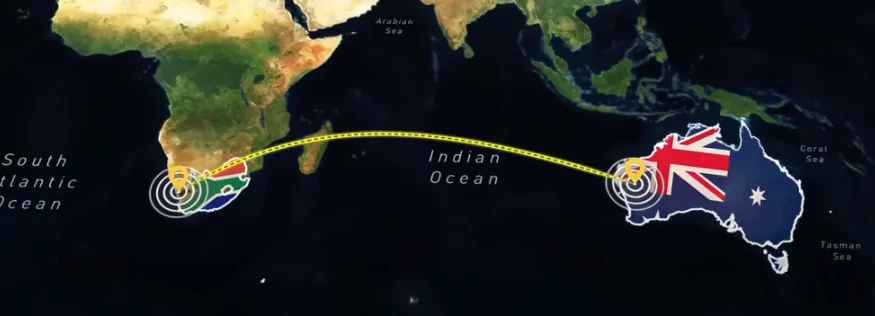
Together, they will form the, quote, “world’s most powerful radio astronomy facility.”
The Australian component will include more than 130,000 antennas designed to receive low-frequency radio waves.
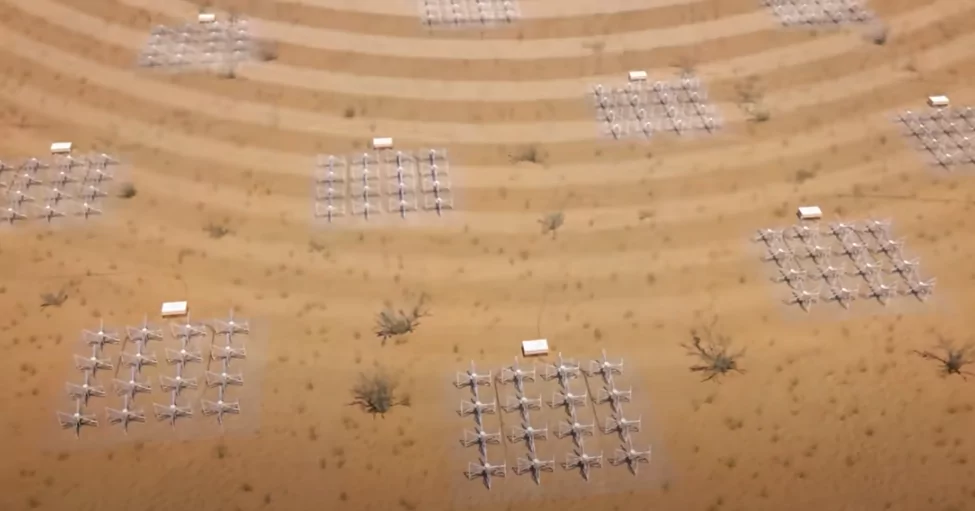
These are arranged in clusters of around 250, spread out at over 500 carefully chosen locations. They are situated within the Radio Quiet Zone in Western Australia, to ensure minimal interference from any man-made structures to help detect extremely faint radio signals.
However, the isolation of the site has a disadvantage. It makes construction more complicated. Basic infrastructure, like roads and electricity, have to be set up specifically for the project. That’s part of the reason why it will take another five or six years before the Australian section of the observatory is completed.
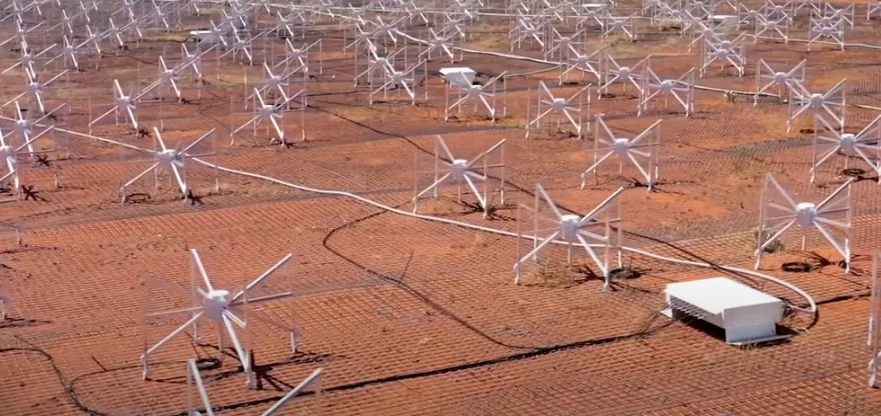
The end goal of the project is more than just exploration; scientists hope to be able to study things like dark matter, dark energy, as well as how galaxies form. Therefore the project has been in the works for more than 30 years and will likely cost more than $2 billion USD.
Advertisement:
8. Central Place Sydney Tech Hub
Central Place Sydney Tech Hub
Another project that is attracting capital investment is Sydney’s brand-new tech hub. Directly next to Sydney’s busiest transport hub, the complex is trying to replicate the success of places like Silicon Valley. Central Place, the biggest piece of the area’s development, already has $2 billion of funding behind it.
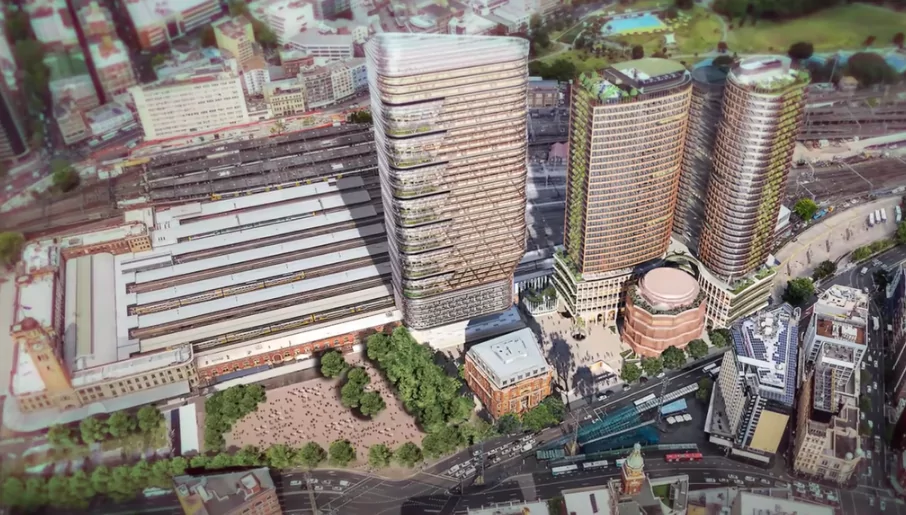
It will consist of two commercial buildings.
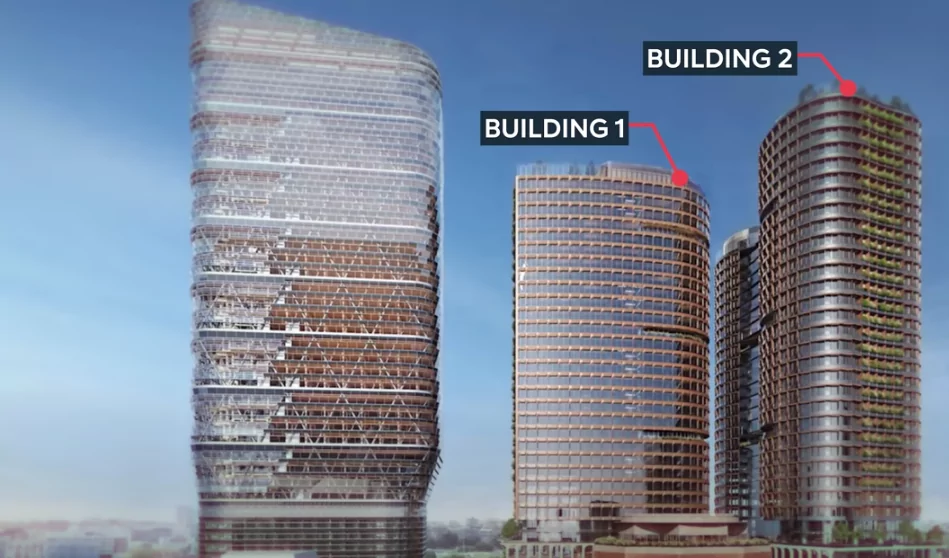
The original proposal was composed of two rectangular blocks. However, a revised version of “three curved blocks” updated the design to blend more seamlessly with surrounding heritage buildings.
Inside, the goal is to attract people to work in the 130,000 square meters of offices and workspaces. In particular, tech companies in the cybersecurity, AI, and quantum computing industries are targeted. Small paths connecting each building will be filled with restaurants and cafes as well as a ‘dining hub’ designed to foster connections and innovation between workers from different sectors. It’s part of a plan to attract people back to the workplace, but it might take a little more than cafes to convince people to commute again.
Opposite Central Place one will find the new headquarters of the Australian tech giant Atlassian, which will be the “world’s tallest hybrid timber tower”. All in all, the tech hub has already attracted $6.7 billion of investment. With a mix of private investment and little political opposition, development is moving ahead with pace, unlike public projects elsewhere in the country.
7. Women’s and Children’s Hospital (WCH)
Women’s and Children’s Hospital (WCH)
Over in Adelaide, the Women’s and Children’s Hospital has occupied the same location since 1876.
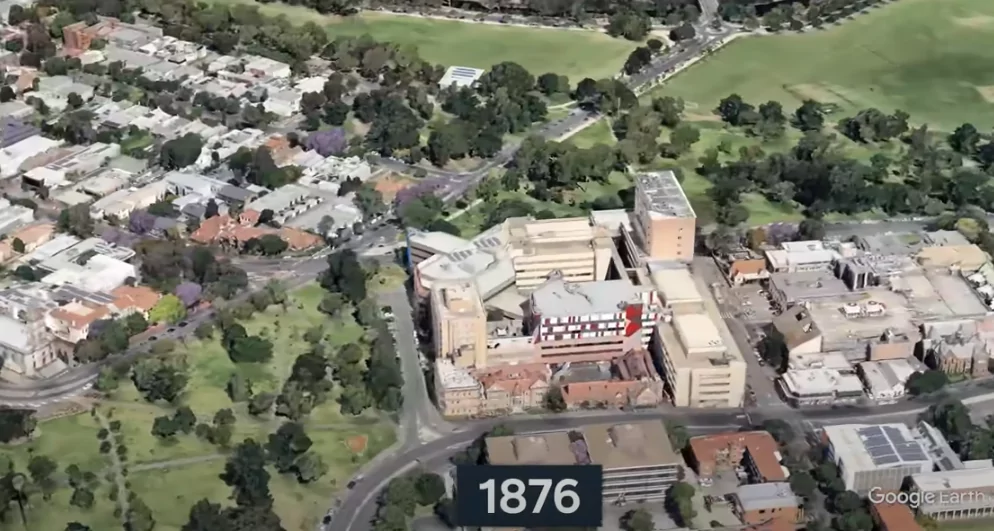
But changing demands are now forcing the institution to abandon its heritage and construct a modern facility.
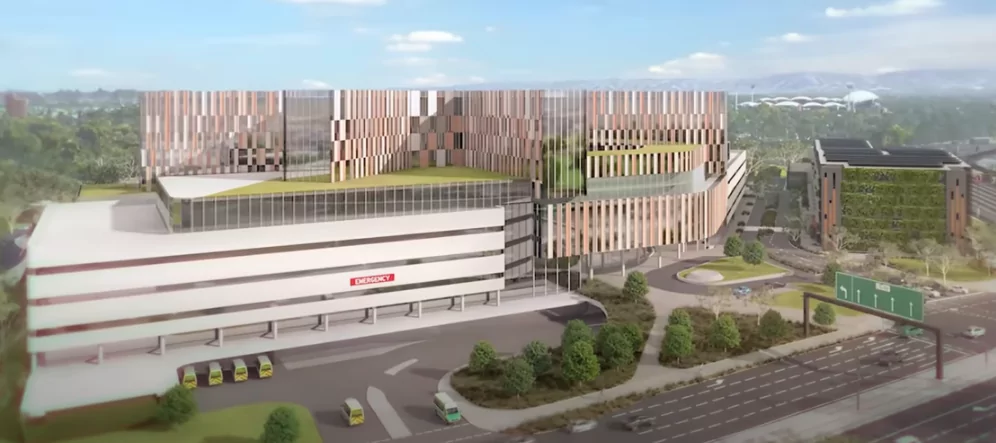
The complex will be made up of a new hospital building, an eight-story car park, and a renewable energy plant to power the all-electric hospital. The location is strategically positioned next to “BioMed City” full of universities, research centers, and crucially, close by to the Royal Adelaide Hospital.
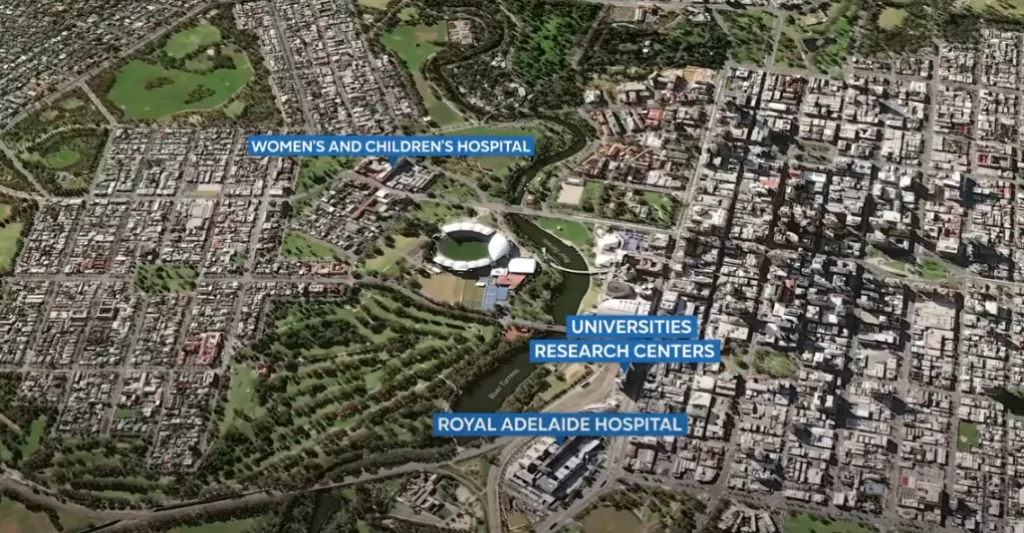
The location has been a tug-of-war between political parties since it was announced in 2013. Nine years later, in 2022, the government decided to demolish a police barracks to make space for the new facility.
Advertisement:
Political opponents had argued that the historic police barracks and the surrounding parkland should be preserved. These kinds of disputes are an example of many as to why government megaprojects rarely finish on time or remain within budget. All these changes and delays are driving up the price tag — the first cost was determined to be $1.2 billion, but after independent and government reviews, the latest figure has ramped up to $2.1 billion, with the completion date pushed back to 2030.
6. Western Sydney International Airport
Western Sydney International Airport
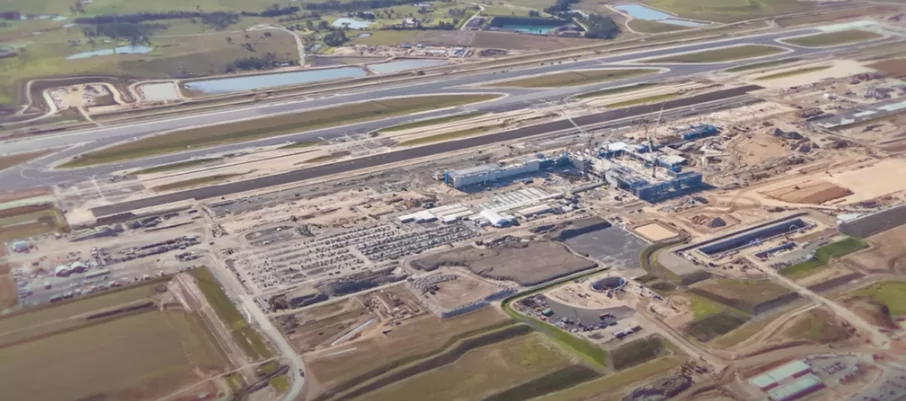
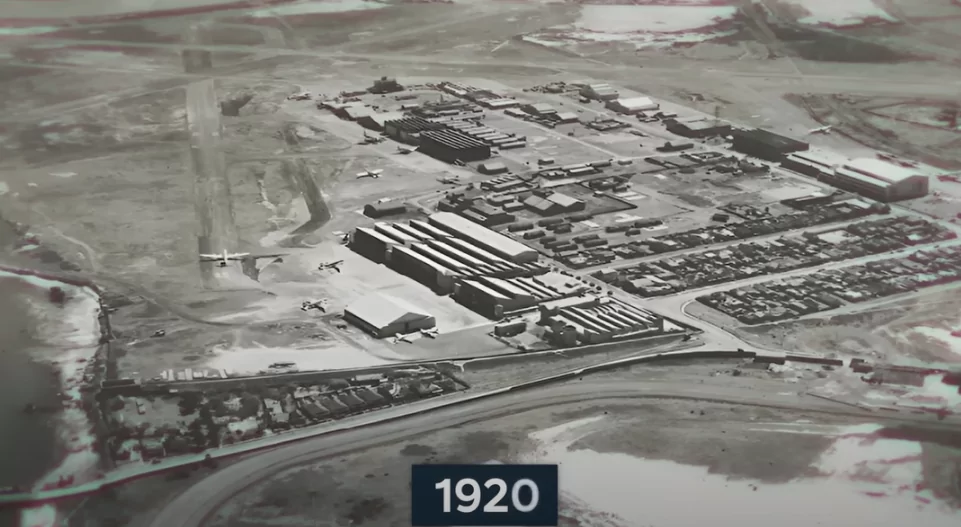
Government disputes have also been delaying the construction of a much-needed airport in Sydney for decades. Since 1920, the primary airport used to travel to and from the city has been the Kingsford Smith Airport, which is not fit for expansion.
As there is no space for additional runways and piers on the mainland, an offshore expansion was considered. However, this was ruled out as it could lead to congestion in the airspace, an increase in environmental damage and noise pollution. Plus, the airport has a 7-hour flight ban each night to protect local residents from noise. This might also explain why flights to Australia are so expensive!
One report found that a new airport needs to be built before 2030 to keep there would be an estimated $60 billion loss to the national economy over the next 4 decades. That’s why a site in Sydney’s West called Badgerys Creek, 44 kilometers to the West of Sydney’s city center, is now under construction.
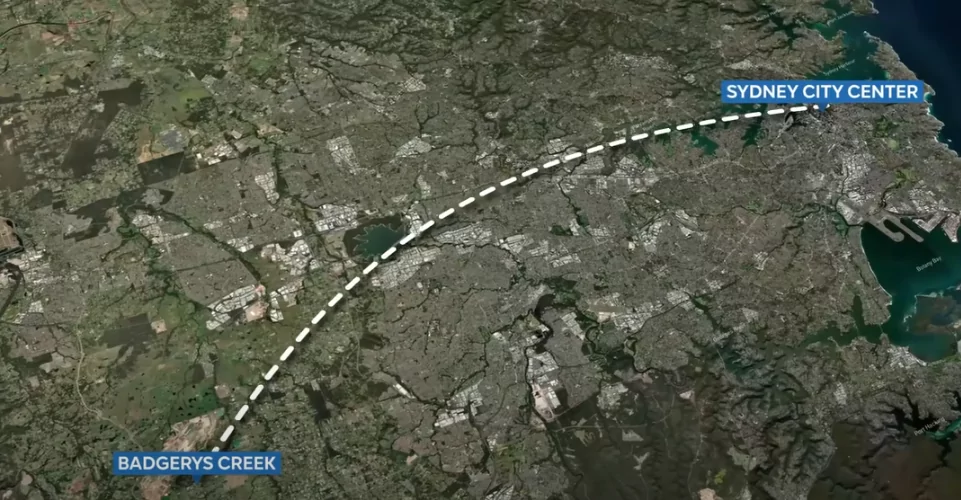
The land was acquired between 1986 and 1991 for this purpose, but in 1989, the government controversially chose to build a third runway at Kingsford Smith instead of developing Badgerys Creek. That was the beginning of a series of delays and it wasn’t until 2014 that the project moved forward, when an analysis confirmed that the location was the most suitable option because it allows for continual expansion.
In 2018, the Western Sydney International Airport finally began groundwork, and $3.5 billion was allocated for the entire build. The first stage involves building a 3,700-meter runway, a terminal, and facilities to support a maximum of 10 million passengers annually. It will also be connected by a new rail line to an ambitious new Sydney Metro system — but more on that later.
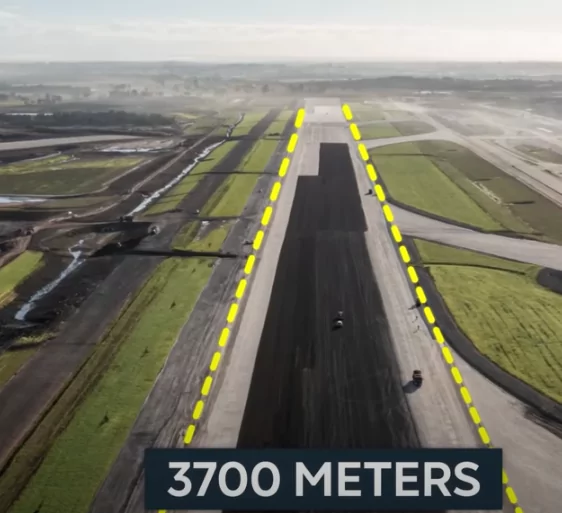
5. Star of the South, Victoria
Star of the South
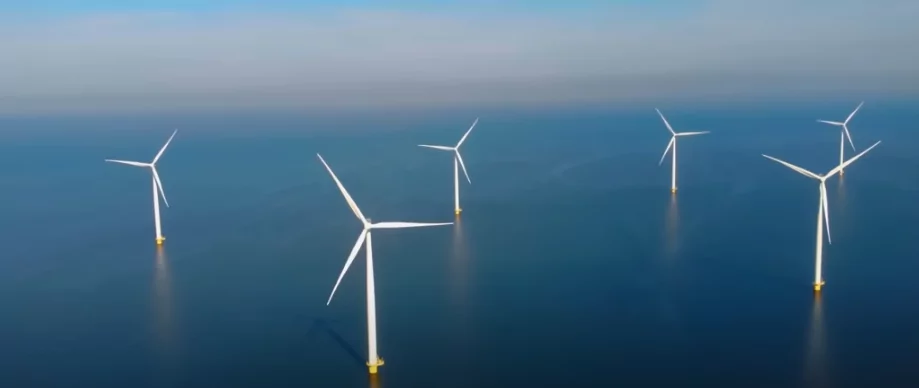
For now, let’s move down to Victoria, where the state government has approved a massive new renewable project that would be the first of its kind in Australia. Off the shore of Melbourne, the Star of the South project will install hundreds of wind turbines, covering an area of around 500 square kilometers, almost three-quarters the size of Singapore.
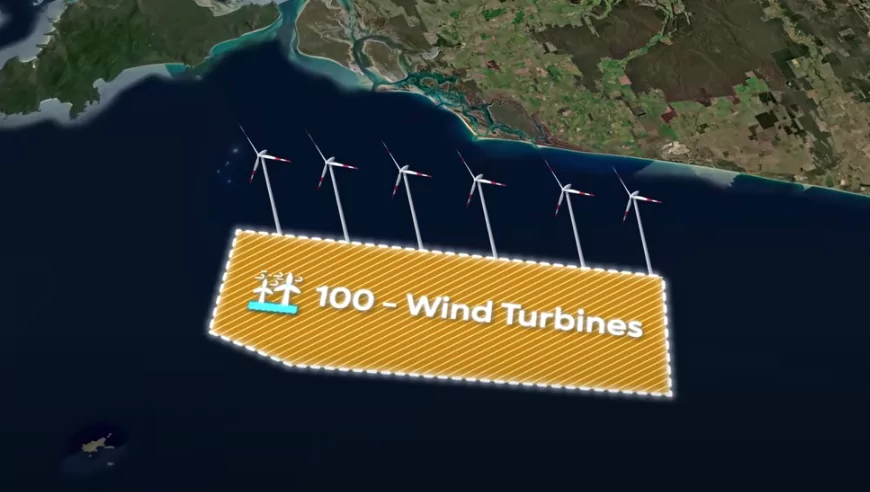
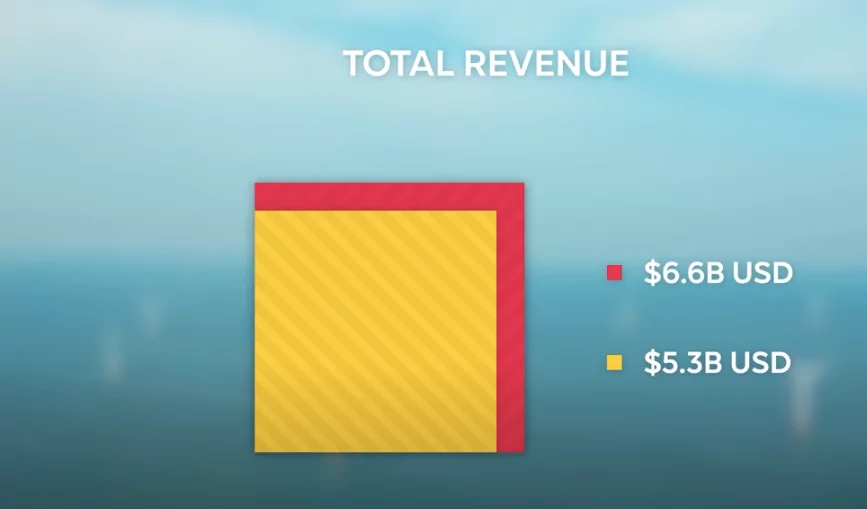
Onshore substations will then distribute the electricity into the national grid and supply up to 20 per cent of Melbourne’s households. Star of the South is estimated to bring between $5.3 and $6.6 billion into the state and create thousands of jobs.
However, the megaproject has been consistently delayed by a government slow to react, putting the future of Australia’s renewable industry at risk.
Early on, project managers complained that there was no comprehensive legal framework for offshore renewable energy. Most of the regulation was specifically made for oil or gas exploration rather than offshore wind farms. This held back development until 2021 when the Offshore Electricity Infrastructure Bill was passed. The following year, even more momentum picked up when a section of the Bass Strait was declared a development zone, and the Star of the South was awarded “Major Project Status.” Still, though, the timeline to finish by 2028 looks unlikely as the project is yet to sign a contractor for construction. While the Star of the South’s own website estimates that offshore wind projects usually take 3 to 5 years, others estimated that the project could be way past 2030 before it is operational.
Advertisement:
4. Snowy 2.0
Snowy 2.0
In 1974, the Snowy Mountains Hydro-Electric Scheme was completed — a megaproject that at the time was rated as one of the “civil engineering wonders of the modern world.” This colossal infrastructure includes:
- 16 dams
- 145 kilometers of tunnels
- 8 power stations
It supplies 4,500 gigawatt-hours of electricity to Sydney, Canberra, and Melbourne, powering on average almost 4 million households each year.
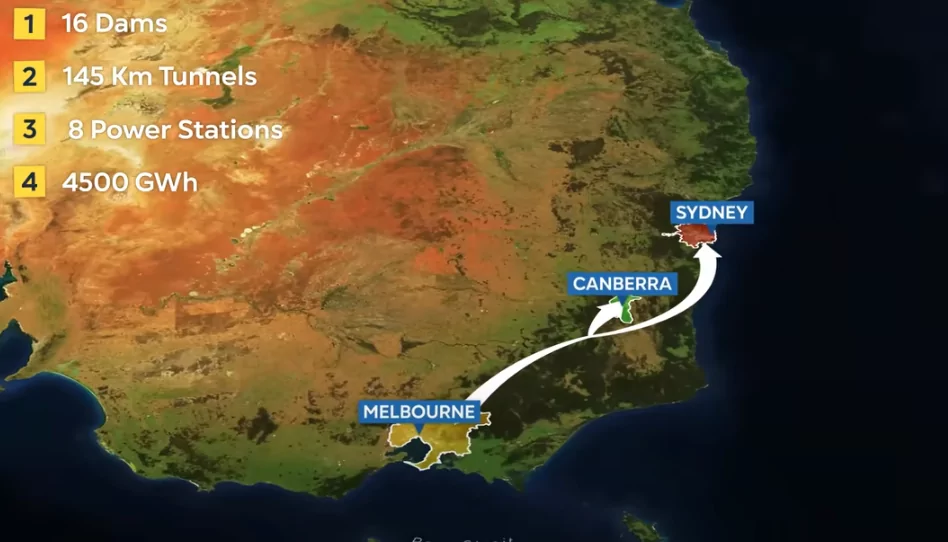
Now, Snowy 2.0 aims to take the next step in transitioning away from carbon dependence. This ambitious project will link two dams using a 27-kilometer power hydro-pump waterway. This acts as a giant storage of energy to improve the overall efficiency of the system.
Construction Challenges
However, construction has been anything but smooth. The project’s management acquired three tunnel boring machines and believed that they could deal with the “highly variable” conditions, including “soft” and “sandy ground.” In 2021, after just 146 meters of progress, the team was proven wrong when one of the machines collided with soft ground and accidentally opened up a 10-meter-wide sinkhole. It then took several months to stabilize the area. Workers were even forced to evacuate when there was a hazardous chemical breach discovered.
Project Delays and Cost Overruns
Snowy 2.0 is now at least four years behind and the cost has ballooned from $1.3 billion to almost $8 billion. As well as the tunnel boring roadblocks, the global pandemic interrupted supply chains and onsite work, leaving it only 40% completed to date. Originally expected in 2021, the new estimated completion date is December 2028.
3. Australia-Asia Power Link: A Revolutionary Renewable Megaproject
Sun Cable
The Australia-Asia Power Link is also attracting private investment looking to capitalize on the transition. This project has the potential to be the country’s most revolutionary renewable megaproject.
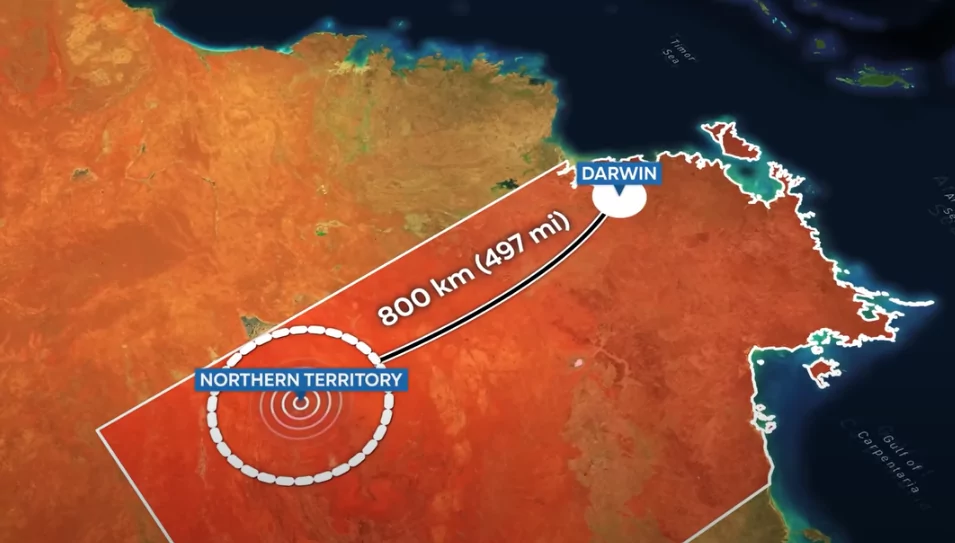
Project Overview:
- Location: Northern Territory of Australia
- Scope: A gigantic solar farm covering 15,000 hectares of land
- Capacity: Transmit 6.4GW of power
Transmission Path:
- 800-Kilometer Transmission Line: From the solar farm to Darwin in northern Australia
- High-Voltage Undersea Cable: Extending 4,200 kilometers through Indonesia, delivering 2.2GW to Singapore
This capacity is sufficient to comfortably power every household in Singapore.
Investment and Approvals:
- Total Investment: Currently stands at around $27 billion
- Indonesia: Approved a “sub-sea survey permit”
- Singapore: Confirmed interest in importing power
Management Challenges: The company behind the proposal, Sun Cable, was initially controlled jointly by two Australian billionaires. However, a disagreement between the partners caused negotiations to come to a standstill. Sun Cable has since been taken over by one of the partners’ investment groups, Grok Ventures, which has only committed $43 million in funding so far. This amount is significantly short of the more than $27 billion required.
Current Status and Future Plans:
- Updated Plan: Supply 900 megawatts of electricity to Darwin by 2030
- Future Upgrade: Expand the supply to Singapore in the following years
2. Sydney Metro
Sydney Metro
Sydney Metro is a rail system with 4 new lines spread out to connect the North West, Southwest, and Greater West parts of the city. It will soon take passengers underneath the Sydney Harbour, through stations in the central city, and include the new rail line running directly to the Western Sydney Airport.
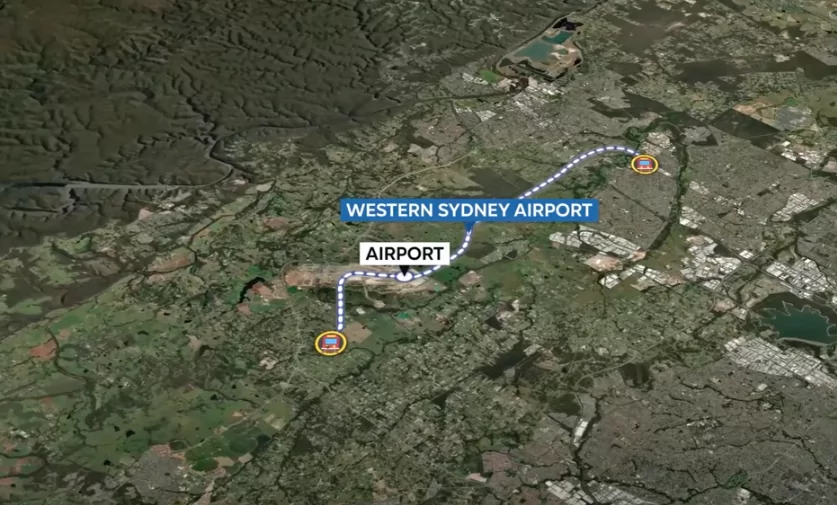
The first line opened in 2019 and includes 13 stations. It’s the first entirely driverless metro in the country, with specially designed doors and mechanical gap-filling to ensure automated safety.
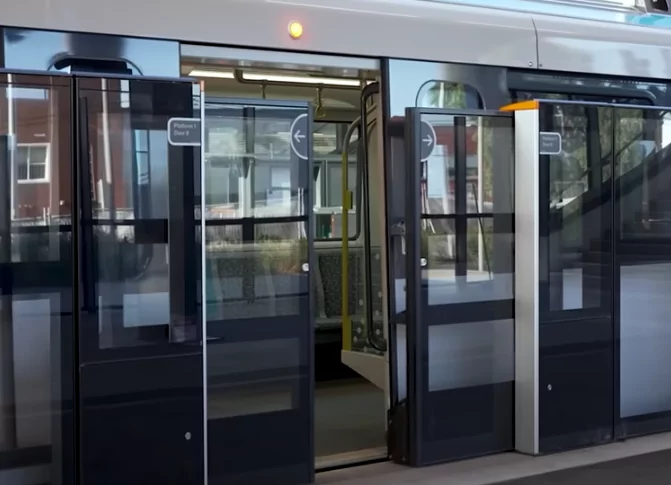
However, while the first line was finished $666 million under budget and a second is in the final stages of testing, other sections have proven to be far more complicated. For example, the Sydney Metro West line has overblown its budget by $8 billion.
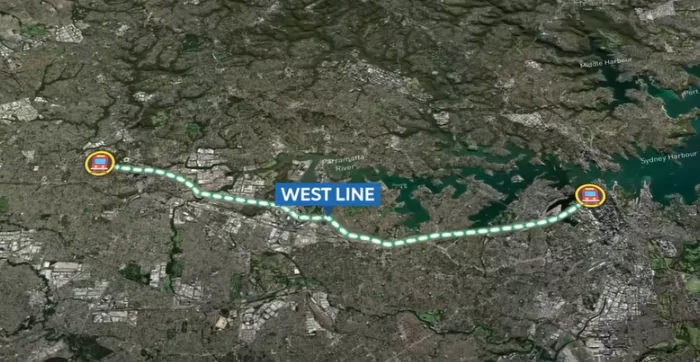
Already a second independent review has been launched by the government to determine why the costs had gone so far over budget and hasn’t ruled out canceling the entire line. This line has become a political pawn used in election campaigns. The Premier is under pressure to build more stations, but at a cost of up to $703 million per kilometer, it’s looking increasingly unlikely.
Advertisement:
1. Suburban Rail Loop
Inland Rail
In the inter-city rivalry, Melbourne is risking it all to undertake a massive transport system of its own. The “Suburban Rail Loop” is truly a megaproject and is one of the most ambitious in Australian history. It would link the East, West, and North of Melbourne through a 90-kilometer orbital rail system.
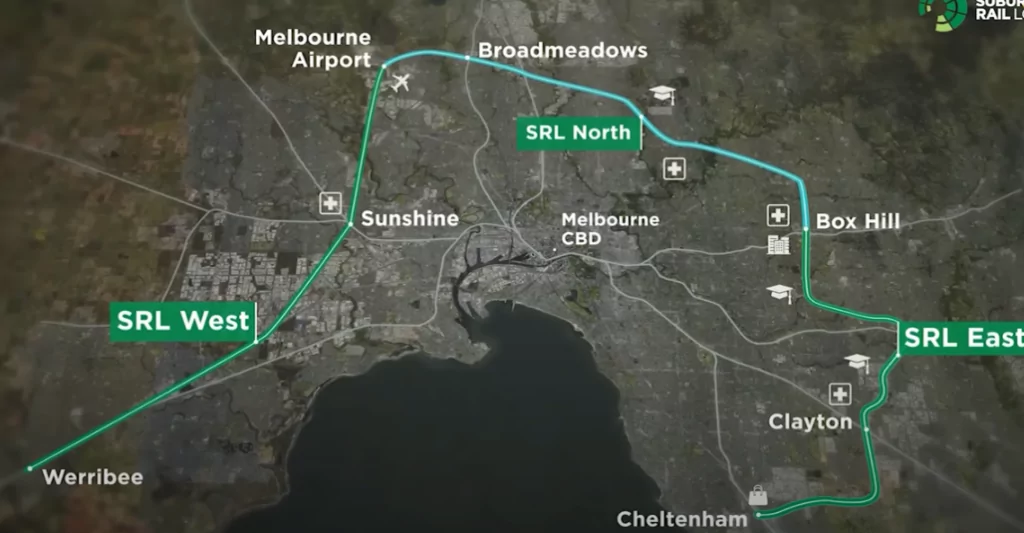
Just like the Sydney Metro, automated, high-speed trains will run through a network almost completely underground. “SRL East,” which is the first of three stages of construction, is already underway. However, the megaproject has been clouded by controversy since its inception. Its plan was revealed just months before the 2018 state election. At that time, according to the government, the entire suburban rail loop could be completed for $33 billion. Even back then it was immediately criticized for multiple reasons: for not consulting key independent infrastructure bodies during the planning stage, for announcing its plans too early, and for taking on too massive a task.
Then, in 2022, a Parliamentary Budget Office analysis found that the cost was more than quadruple these first estimates — $133 billion. This has eventually prompted the political opposition to promise to cancel the project if it wins the next election, pledging to redirect funding towards healthcare instead. Overall, it remains to be seen whether this project can be completed as planned. What is your opinion on that? Should these massive megaprojects be completed despite enormous cost increases? Let us know in the comments below.
